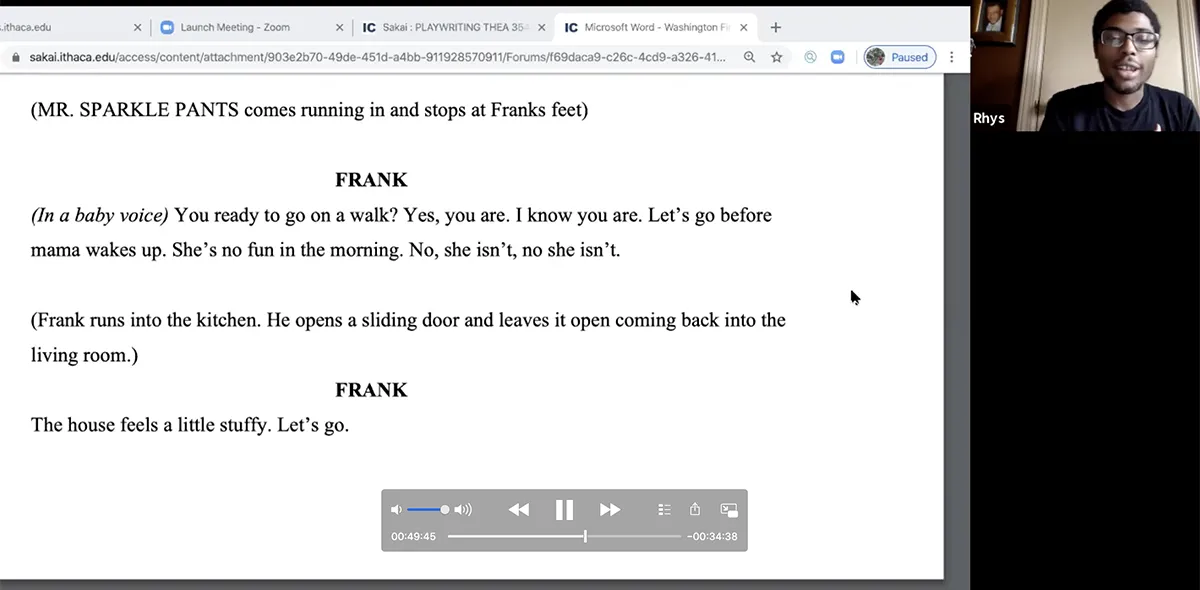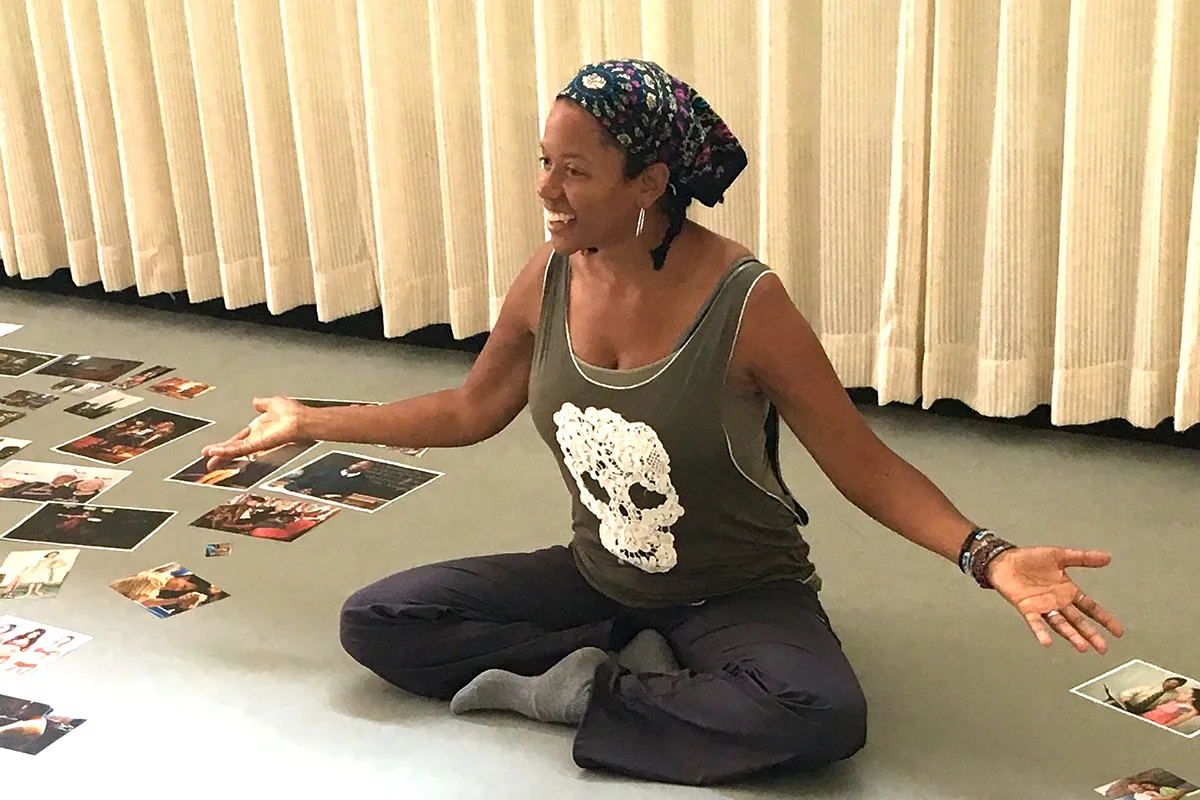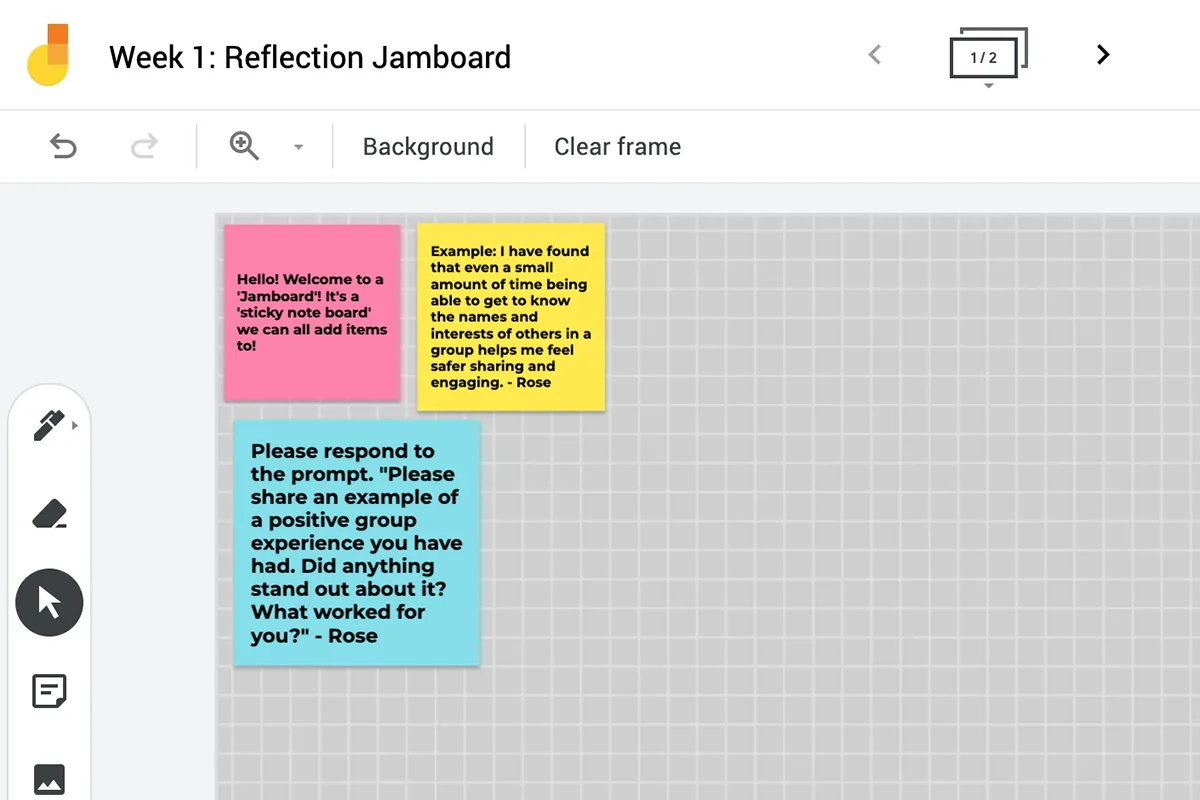In theory, bringing college courses online sounds easy. In practice? Not remotely.
Always prepared to lean into a challenge, Ithaca College faculty are using a variety of cutting-edge technology and tools to maximize the possibilities of learning in a virtual environment.
“Like all of us, I'm, re-envisioning what that looks like,” says Marc Gomes, an assistant professor of acting. “I have a studio set up in my home. I've got a web camera. I've got my camera from my computer. You know, really rethinking what's possible — and I think there's a lot possible for studio acting classes.”
One of the keys, he says, is to use technology to “make a distinction between online teaching and remote teaching.”
“So much of the time, in a studio acting class, you might be sitting around looking at somebody else work,” he explains. “Which is a great way to learn, but in this medium, we don't have that luxury.”
That’s where online teaching, which happens asynchronously outside of class time, comes in. “There'll be discreet packages of information that I might give to students: warmups, exercises, things that I film and send to them as videos,” Gomes says.
“You film yourself, and you deliver it for the rest of the class to see,” he says. Those efforts help heighten the remote teaching during class time, as he and the students view and discuss the work together.



